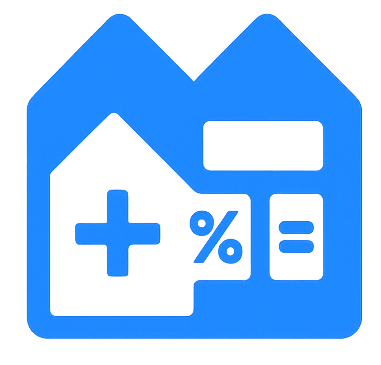Selecting a 30-year or 15-year mortgage drives how quickly you build equity and how much interest you pay. Use this calculator-backed framework to evaluate payment comfort, savings goals, and lifestyle flexibility.
Key takeaways
- A 15-year mortgage can save tens of thousands in interest, but the monthly payment may be 40% to 60% higher.
- Calculate an accelerated payoff scenario on a 30-year loan to see if voluntary extra principal fits better than a mandatory 15-year payment.
- Consider future milestones like childcare costs, career changes, or investment plans before locking in a shorter term.
Model both terms using realistic rates
Run two mortgage calculator scenarios: one with a 30-year rate and one with a 15-year rate. Rates on shorter loans often come in 0.5% to 0.75% lower.
Add recurring costs such as property taxes and insurance to each scenario. This keeps comparisons accurate because impounds are due regardless of term length.
- Use the amortization export to visualize how fast principal drops with extra payments.
- Calculate total interest paid under each term to see the long-term savings difference.
Stress-test your budget for life events
Map out the next five years of known expenses. Childcare spikes, business launches, or education costs may make a 30-year payment safer.
If your household income is variable, prioritize payment flexibility. You can always add extra principal on a 30-year loan during high-income months.
- Assess emergency savings. Aim for six months of total expenses before committing to a 15-year payment.
- Consider investing the payment difference in retirement accounts if long-term wealth building is the priority.
Pair term decisions with refinancing checkpoints
Track rates quarterly. If spreads between 30-year and 15-year rates narrow, a refinance could optimize your payoff timeline.
Recalculate payoff strategies after major financial wins such as bonuses or debt payoff. You may jump to a shorter term later without stressing cash flow today.
Action steps to take next
- Save dual calculator results as PDFs so your loan officer can quote the best term instantly.
- Create a payoff tracker that shows how extra principal impacts each loan type.
- Review household cash flow annually to confirm the chosen term remains sustainable.
Mortgage questions answered
Can I pay a 30-year mortgage off like a 15-year?
Yes. Make the equivalent 15-year payment toward principal each month and confirm the lender applies the surplus to principal only.
Do lenders charge more fees for 15-year mortgages?
Closing costs are usually similar. The main difference is the monthly payment, not the lender fees.
